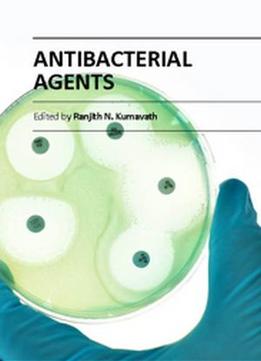
Antibacterial Agents Ed. By Ranjith N. Kumavath
by Ranjith N. Kumavath /
2017 / English / PDF
289.1 MB Download
New drugs are frequently entering into the market along with the existing drugs. The antibacterial agents discuss in five major classes, i.e. classification based on the type of action, source, spectrum of activity, chemical structure and function.
Resistance of bacteria to antibiotics is an urgent problem of the humanity, which leads us to the lack of therapy for serious bacterial infections. Development of new antibiotics has almost ceased in the last decades - even when a new antibiotic is launched, very soon the resistance of bacteria appears. Industrial textiles exposed as awnings, screens, tents; upholstery used in large public areas such as hospitals, hotels and stations; fabrics for transports; protective clothing and personal protective equipment; bed sheets and blankets; textiles left wet between processing steps; intimate apparel, underwear, socks and sportswear, disinfection of air and water for white rooms, hospitals and operating theatres, food and pharma industries, water depuration, drinkable water supplying and air conditioning systems. Many clinicians recommend alternative approaches to using antimicrobial substances. Moreover, the majority of bioagents demonstrate on antibiotics for treatment of a wide range of diseases in human sectors. However, the misuse and mishandling of drugs lead to microbial, particularly bacterial, resistance as well as result in the difficulty of treating microbial diseases. Hence, the proposed book will give more precise information on novel antibacterial compound(s).
1 Classification of Anti‐Bacterial Agents and Their Functions
2 Novel Antimicrobial Agents and Processes for Textile Applications
3 Inorganic Nanoparticles: Innovative Tools for Antimicrobial Agents
4 Current Approaches for Exploration of Nanoparticles as Antibacterial Agents
5 Optimizing Antimicrobial Agents in Endodontics
6 Determining the Antibiotic Resistance of Bacterial Pathogens in Sexually Transmitted Diseases











